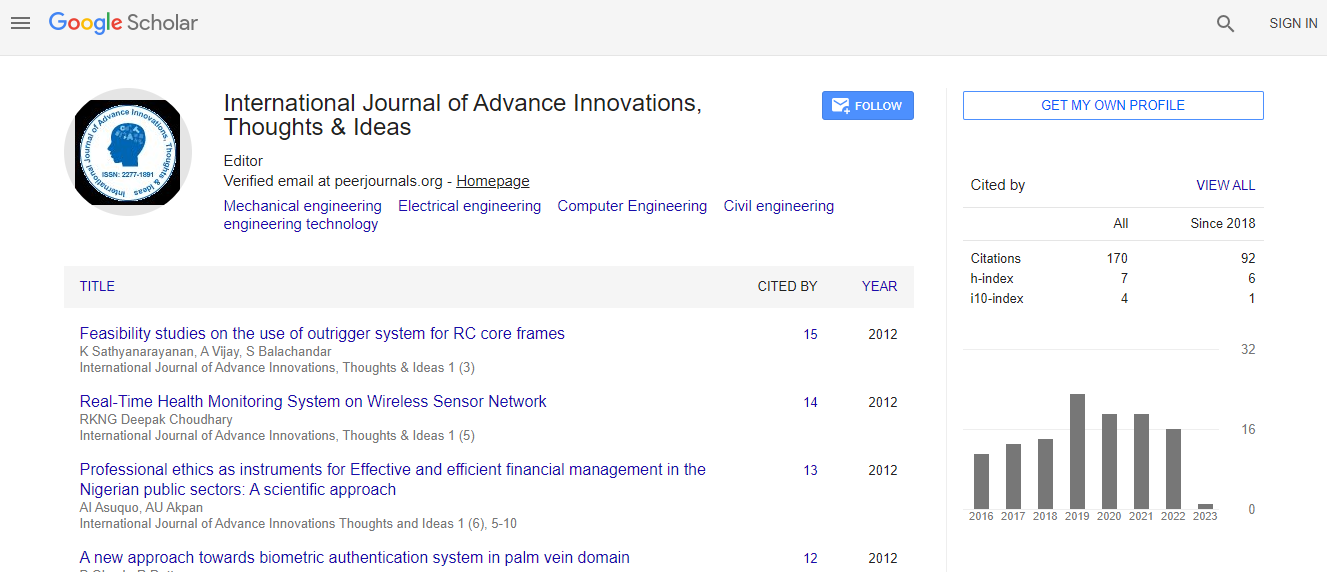Mini Review
Structures and Biosynthesis of Enediyne Natural Products
Rui Ji1#, Fuli Liu2#, Lingbin Meng3 and Xiaolei Chen4*1Department of Biochemistry and Molecular biology, University of Louisville, School of Medicine, Louisville, KY 40202, USA
2Department of Physiology and Neurobiology, Geisel Medical School at Dartmouth, Lebanon, NH 03756, USA
3Department of Biochemistry and Molecular biology, University of Louisville, School of Medicine, Louisville, KY 40202, USA
4Department of Chemistry, Dartmouth College, Hanover, NH 03755, USA
#The first two authors contributed equally
- *Corresponding Author:
- Dr. Xiaolei Chen
Department of Chemistry
Dartmouth College, Hanover, NH 03755, USA
E-mail: xiaolei.chen@dartmouth.edu
Received date: June 12, 2014; Accepted date: June 25, 2014; Published date: July 02, 2014
Citation: Rui J, Fuli L, Lingbin M, Xiaolei C (2014) Structures and Biosynthesis of Enediyne Natural Products. Int J Adv Innovat Thoughts Ideas 3:157. doi:
Copyright: © 2014 Rui Ji, et al. This is an open-access article distributed under the terms of the Creative Commons Attribution License, which permits unrestricted use, distribution, and production in any medium, provided the original author and source are credited.
Abstract
Enediyne natural products are important member of natural product family with strong DNA cleavage activity. This biological activity makes them excellent candidates for developing novel antibiotics and antitumor drugs. Highly unsaturated enediyne cores, sugar moieties and aromatic moieties are basic components of structures of enediyne natural products. Genes encoding enzymes responsible for enediyne natural product biosynthesis are clustered in enediyne gene clusters. Each gene cluster consists of dozens of genes that encode enzymes for biosynthesis of enediyne core, sugar moieties and aromatic moieties as well as tailing enzymes.

 Spanish
Spanish  Chinese
Chinese  Russian
Russian  German
German  French
French  Japanese
Japanese  Portuguese
Portuguese  Hindi
Hindi 
